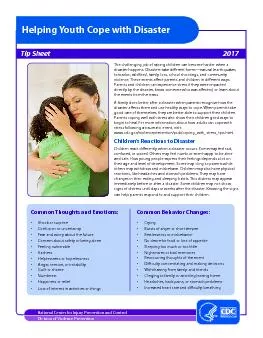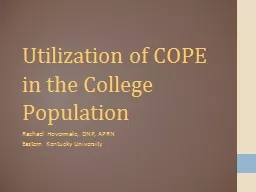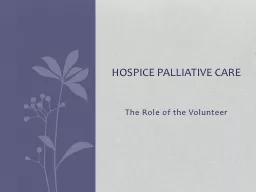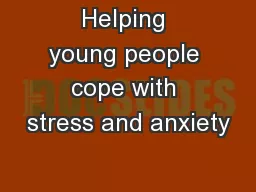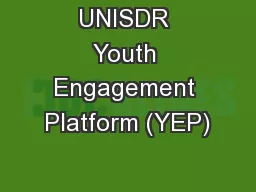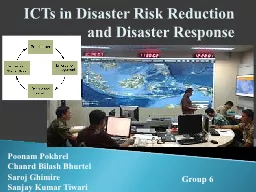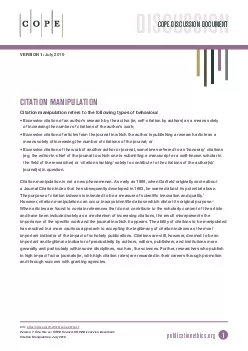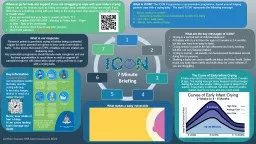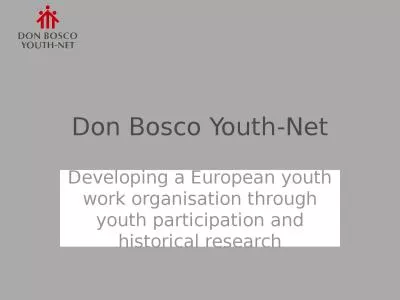PDF-Helping Youth Cope with Disaster
Author : ella | Published Date : 2021-07-07
Tip Sheet 2017 The challenging job of raising children can become harder when a disaster happens Disasters take di31erent forms151natural earthquakes tornados wild30res
Presentation Embed Code
Download Presentation
Download Presentation The PPT/PDF document "Helping Youth Cope with Disaster" is the property of its rightful owner. Permission is granted to download and print the materials on this website for personal, non-commercial use only, and to display it on your personal computer provided you do not modify the materials and that you retain all copyright notices contained in the materials. By downloading content from our website, you accept the terms of this agreement.
Helping Youth Cope with Disaster: Transcript
Download Rules Of Document
"Helping Youth Cope with Disaster"The content belongs to its owner. You may download and print it for personal use, without modification, and keep all copyright notices. By downloading, you agree to these terms.
Related Documents

